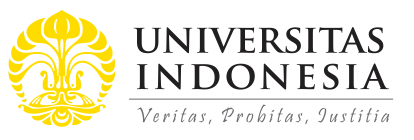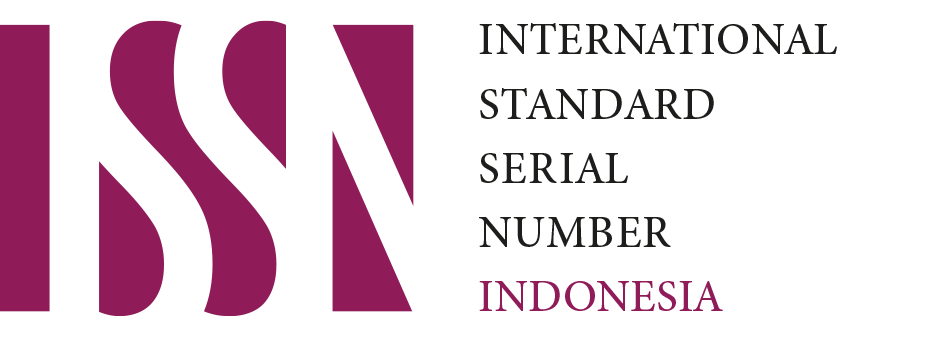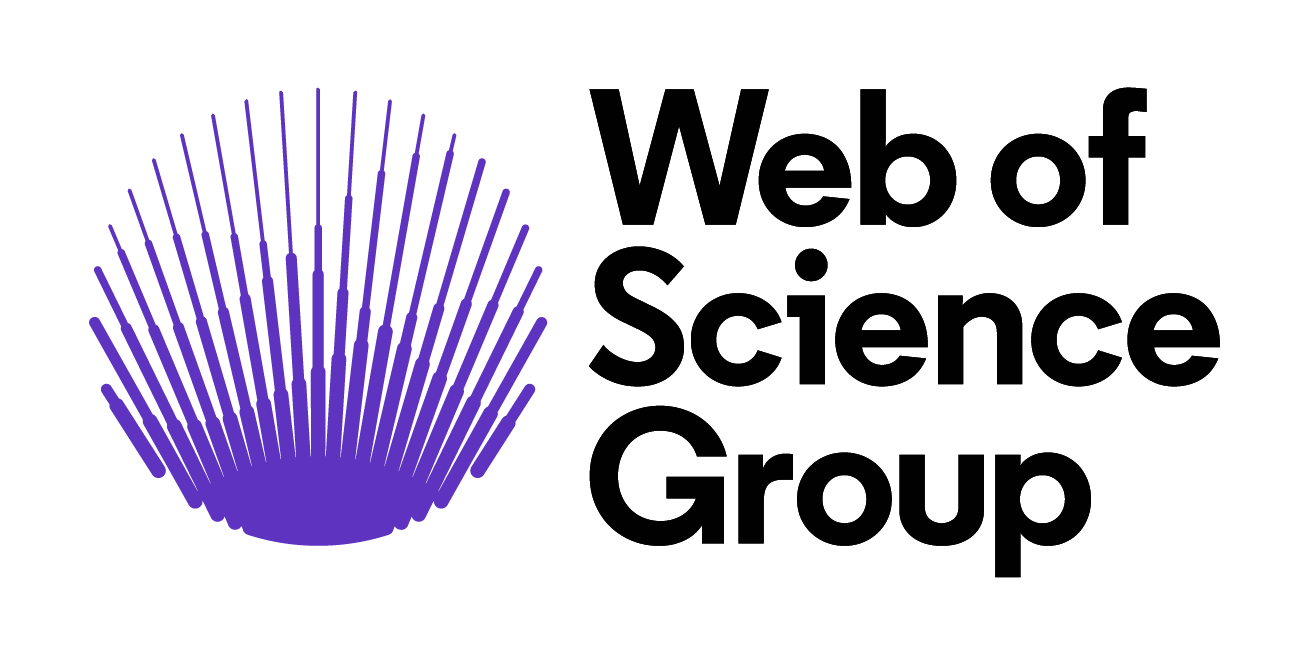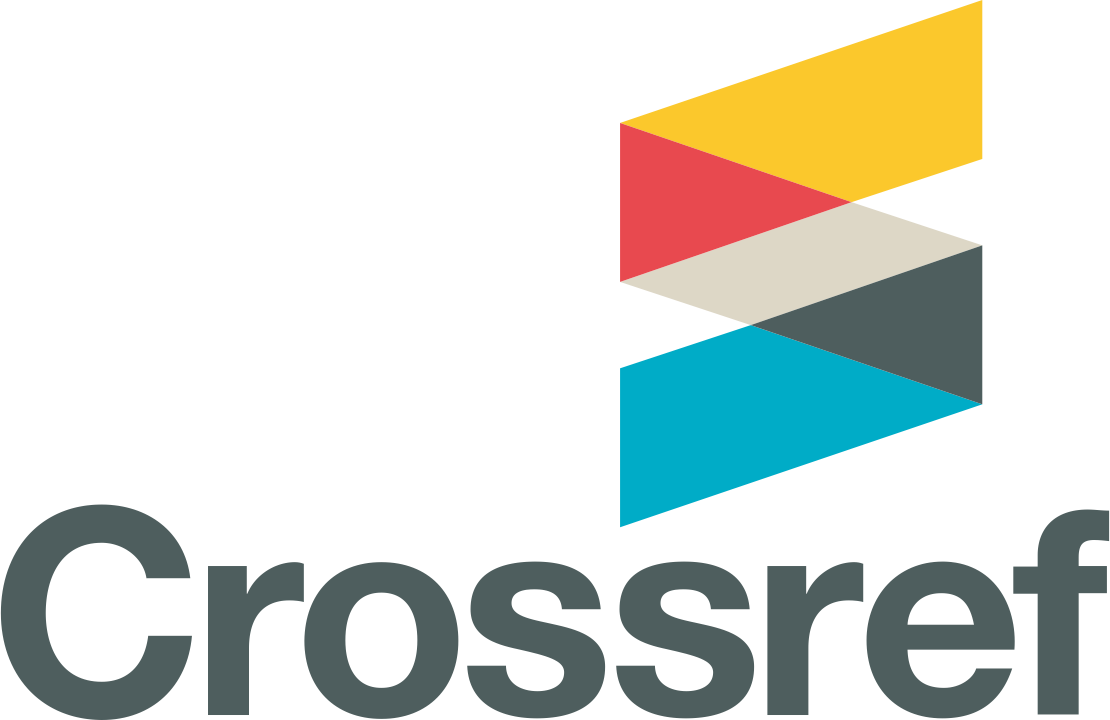Abstract
This study investigates the speed of adjustment (SOA) to target leverage for different industry sec- tors in Malaysia. Using the two-step system generalized method of moments for 415 non-financial firms from 2010 to 2021, we found that the SOA for the overall sample is 38.6% and 22.0% for total debt and long-term debt, respectively. Our paper reveals the heterogeneity of SOA based on industry sectors. The industrial sector has the slowest adjustment speed (14.1%), whereas the healthcare in- dustry has the quickest adjustment speed (80.4%) to target leverage. Our results are consistent with the dynamic capital structure theory regarding the deviation between target and actual leverage. Fur- thermore, our study demonstrates the significance of an industry-based perspective when researching SOA, which suggests that the capital structure strategy depends on the industry's business climate.
References
Abdeljawad, I., Mat-Nor, F., Ibrahim, I., & Abdul-Rahim, R. (2013). Dynamic capital structure trade-off theory: Evidence from Malaysia. International Review of Business Research Papers, 9(6), 102-110.
Arend, R. J. (2009). Industry effects and firm effects: No effect is an island. Journal of Business Research, 62(6), 651-659.
Bajaj, Y., Kashiramka, S., & Singh, S. (2021). Application of capital structure theories: a systematic review. Journal of Advances in Management Research, 18(2), 173-199.
Banerjee, S., Heshmati, A., & Wihlborg, C. (1999). The dynamics of capital structure. New York University-Salomon Center- Leonard N. Stern School of Business.
Bany-Ariffin, A. N., Nor, F. M., & McGowan Jr, C. B. (2010). Pyramidal structure, firm capital structure exploitation and ultimate owners’ dominance. International Review of Financial Analysis, 19(3), 151-164.
Buvanendra, S., Sridharan, P., & Thiyagarajan, S. (2017). Firm characteristics, corporate governance and capital structure adjust- ments: A comparative study of listed firms in Sri Lanka and India. IIMB manage- ment review, 29(4), 245-258. https://doi. org/10.1016/j.iimb.2017.10.002
Buvanendra, S., Sridharan, P., & Thiyagarajan, S. (2018). Determinants of speed of adjust- ment (SOA) toward optimum capital struc- ture: Evidence from listed firms in Sri Lan- ka. Journal of Asia-Pacific Business, 19(2), 46-71.https://doi.org/10.1080/10599231.20 18.1453742
Cahyono, S. B., & Chawla, A. S. (2019). Dy- namic capital structure in Indonesian case: Do industry-specific variables affect adjust- ment speeds?. Investment Management & Financial Innovations, 16(2), 218. https:// doi.org/10.21511/imfi.16(2).2019.19
Chua, M., Ab Razak, N. H., Nassir, A. M., & Yahya, M. H. (2021). Speed of adjustment towards target leverage in the ASEAN Coun- tries. International Journal of Business and Society, 22(1), 313-331.
Claessens, S., Djankov, S., & Klapper, L. (2000). The role and functioning of busi- ness groups in East Asia and Chile. Revista Abante, 3(1), 97-107. Cook, D. O., & Tang, T. (2010). Macroeconom- ic conditions and capital structure adjustment speed. Journal of corporate finance, 16(1), 73-87. https://doi.org/10.1016/j.jcorp- fin.2009.02.003
Dang, V. A., Kim, M., & Shin, Y. (2014). Asymmetric adjustment toward optimal capital structure: Evidence from a crisis. In- ternational Review of Financial Analy- sis, 33, 226-242.https://doi.org/10.1016/j. irfa.2014.02.013
Do, T. K., Huang, H. H., & Ouyang, P. (2022). Product market threats and leverage adjust- ments. Journal of Banking & Finance, 135, 106365. https://doi.org/10.1016/J.JBANK- FIN.2021.106365
Drobetz, W., & Wanzenried, G. (2006). What determines the speed of adjustment to the target capital structure?. Applied Financial Economics, 16(13), 941-958. https://doi. org/10.1080/09603100500426358
Drobetz, W., Schilling, D. C., & Schröder, H. (2015). Heterogeneity in the speed of capi- tal structure adjustment across countries and over the business cycle. European Financial Management, 21(5), 936-973. https://doi. org/10.1111/eufm.12048
Elsas, R., & Florysiak, D. (2011). Hetero- geneity in the speed of adjustment to- ward target leverage. International Review of Finance, 11(2), 181-211.https://doi. org/10.1111/j.1468-2443.2011.01130.x
Etudaiye-Muhtar, O. F., & Ahmad, R. (2015). Empirical evidence of target leverage, ad- justment costs and adjustment speed of non-financial firms in selected African coun- tries. International Journal of Economics and Financial Issues, 5(2), 482-488.https:// ideas.repec.org/a/eco/journ1/2015-02-20. html
Fama, E. F., & French, K. R. (2002). Test- ing trade-off and pecking order predictions about dividends and debt. Review of Finan- cial Studies, 1-33. https://doi.org/https://doi. org/10.1093/rfs/15.1.1
Fischer, E. O., Heinkel, R., & Zechner, J. (1989). Dynamic capital structure choice: Theory and tests. The Journal of Finance, 44(1), 19- 40. https://doi.org/10.2307/2328273
Flannery, M. J., & Hankins, K. W. (2013). Es- timating dynamic panel models in corporate finance. Journal of Corporate Finance, 19, 1-19. https://doi.org/10.1016/j.jcorp- fin.2012.09.004
Flannery, M. J., & Rangan, K. P. (2006). Partial adjustment toward target capital structures. Journal of Financial Econom- ics, 79(3), 469-506. https://doi.org/10.1016/j. jfineco.2005.03.004
Frank, M. Z., & Goyal, V. K. (2003). Testing the pecking order theory of capital struc- ture. Journal of Financial Economics, 67(2), 217-248. https://doi.org/10.1016/S0304- 405X(02)00252-0
Frank, M. Z., & Goyal, V. K. (2009). Capi- tal structure decisions: which factors are reliably important?. Financial Manage- ment, 38(1), 1-37. https://doi.org/10.1111/ j.1755-053X.2009.01026.x
Nor, F. M., Haron, R., Ibrahim, K., Ibrahim, I., & Alias, N. (2011). Determinants of target capital structure: Evidence on South East Asia countries. Journal of Business and Pol- icy Research, 6(3), 39-61.
Getzmann, A., Lang, S., & Spremann, K. (2015). Target capital structure determinants and speed of adjustment analysis to address the Keynes-Hayek debate. Journal of Reviews on Global Economics, 4, 225-241. https:// doi.org/10.6000/1929-7092.2015.04.23
Hall, G., Hutchinson, P., & Michaelas, N. (2000). Industry effects of the determi- nants of unquoted SMEs’ capital struc- ture. International Journal of the Eco- nomics of Business, 7(3), 297. https://doi. org/10.1080/13571510050197203
Harris, M., & Raviv, A. (1991). The theory of capital structure. The Journal of Fi- nance, 46(1), 297-355. Hashmi, S. D., Gulzar, S., Ghafoor, Z., & Naz, I. (2020). Sensitivity of firm size measures to practices of corporate finance: evidence from BRICS. Future Business Journal, 6, 1-19. https://doi.org/10.1186/s43093-020- 00015-y
Huang, R., & Ritter, J. R. (2009). Testing theories of capital structure and estimat- ing the speed of adjustment. Journal of Fi- nancial and Quantitative Analysis, 44(2), 237-271. https://doi.org/10.1017/ S0022109009090152
Jensen, M. C. (1986). Agency costs of free cash flow, corporate finance, and takeovers. The American Economic Review, 76(2), 323- 329. https://doi.org/10.2307/1818789
Law, S. H. (2018). Applied panel data analy- sis: Short panels. University Putra Malaysia Press, Serdang.
Lean, H. H., Ting, I. W. K., & Qian, K. L. (2015). Ownership concentration, family ownership and leverage: Evidence from Malaysia. Ma- laysian Journal of Economic Studies, 52(2), 117-133.
Lemmon, M. L., Roberts, M. R., & Zender, J. F. (2008). Back to the beginning: persistence and the cross‐section of corporate capital structure. The Journal of Finance, 63(4), 1575-1608. https://doi.org/10.1111/j.1540- 6261.2008.01369.x
Liao, L. K., Mukherjee, T., & Wang, W. (2015). Corporate governance and capital structure dynamics: An empirical study. Journal of Financial Research, 38(2), 169-192. Lööf, H. (2004). Dynamic optimal capital structure and technical change. Structural Change and Economic Dynamics, 15(4), 449-468. https://doi.org/10.1016/j. strueco.2003.05.001
MacKay, P., & Phillips, G. M. (2005). How does industry affect firm financial structure?. The Review of Financial Studies, 18(4), 1433- 1466. https://doi.org/10.1093/rfs/hhi032
Matemilola, B. T., Bany-Ariffin, A. N., Azman- Saini, W. N. W., & Nassir, A. M. (2017). Does top managers’ experience affect firms’ capital structure?. Research in International Business and Finance, 45, 488-498. https:// doi.org/10.1016/j.ribaf.2017.07.184
Mukherjee, T., & Wang, W. (2013). Capital structure deviation and speed of adjust- ment. Financial Review, 48(4), 597-615. https://doi.org/10.1111/fire.12017
Myers, S. C., & Majluf, N. S. (1984). Corpo- rate financing and investment decisions when firms have information that inves- tors do not have. Journal of Financial Economics, 13(2), 187-221. https://doi. org/10.1016/0304-405X(84)90023-0
Nejad, N. R., & Wasiuzzaman, S. (2013). The empirical analysis of capital structure de- terminants–Evidence from Malaysia. Engi- neering and Technology, 74, 466-474.
Nejad, N. R., & Wasiuzzaman, S. (2015). Mul- tilevel determinants of capital structure: Evidence from Malaysia. Global Busi- ness Review, 16(2), 199-212. https://doi. org/10.1177/0972150914564274
Nor, F. M., Haron, R., Ibrahim, K., Ibrahim, I., & Alias, N. (2011). Determinants of target capital structure: Evidence on South East Asia countries. Journal of Business and Pol- icy Research, 6(3), 39-61.
Oino, I., & Ukaegbu, B. (2015). The impact of profitability on capital structure and speed of adjustment: An empirical exami- nation of selected firms in Nigerian Stock Exchange. Research in International Busi- ness and Finance, 35, 111-121. https://doi. org/10.1016/j.ribaf.2015.03.004
Porter, M. E., & Strategy, C. (1980). Tech- niques for analyzing industries and competi- tors. Competitive Strategy. New York: Free.
Rehman, A.U., Wang, M., & Yu, H. (2016). Dy- namics of financial leverage across firm life cycle in Chinese firms: an empirical investi- gation using dynamic panel data model. Chi- na Finance and Economic Review, 4, 1-22. https://doi.org/10.1186/s40589-016-0041-z
Schmidt, K. M. (1997). Managerial incentives and product market competition. The Review of Economic Studies, 64(2), 191-213. Scott Jr, D. F., & Martin, J. D. (1975). Indus- try influence on financial structure. Fi- nancial Management, 67-73. https://doi. org/10.1111/j.1540-6288.1983.tb01885.x
Smith, D. J., Chen, J., & Anderson, H. D. (2015). The influence of firm financial po- sition and industry characteristics on capi- tal structure adjustment. Accounting & Finance, 55(4), 1135-1169. https://doi. org/10.1111/acfi.12083
Talberg, M., Winge, C., Frydenberg, S., & West- gaard, S. (2008). Capital structure across industries. International Journal of the Eco- nomics of Business, 15(2), 181-200. https:// doi.org/10.1080/13571510802134304
Ting, I. W. K. (2016). Estimating dynamic panel model of leverage decision: Evidence from Malaysia. Procedia Economics and Fi- nance, 35, 267-273. https://doi.org/10.1016/ S2212-5671(16)00033-2
Vo, T. A., Mazur, M., & Thai, A. (2022). The impact of COVID-19 economic crisis on the speed of adjustment toward target lever- age ratio: An international analysis. Finance Research Letters, 45, 102157. https://doi. org/10.1016/j.frl.2021.102157
Yin, Q. E., & Ritter, J. R. (2020). The speed of adjustment to the target market value lev- erage is slower than you think. Journal of Financial and Quantitative Analysis, 55(6), 1946-1977. https://doi.org/10.1017/ S0022109019000516
Recommended Citation
Chua, Mei-Shan; Wahab, Noor Maimun Abdul; Roslen, Siti Nurhidayah Mohd; Chuah, Soo-Cheng; Nizar, Nurhuda; and Chin, Hon-Choong
(2024)
"Heterogeneity of capital structure adjustment speed across Industry sector: Evidence from non-financial firms in Malaysia.,"
Indonesian Capital Market Review: Vol. 16:
No.
1, Article 1.
DOI: 10.21002/icmr.v16i1.1192
Available at:
https://scholarhub.ui.ac.id/icmr/vol16/iss1/1












